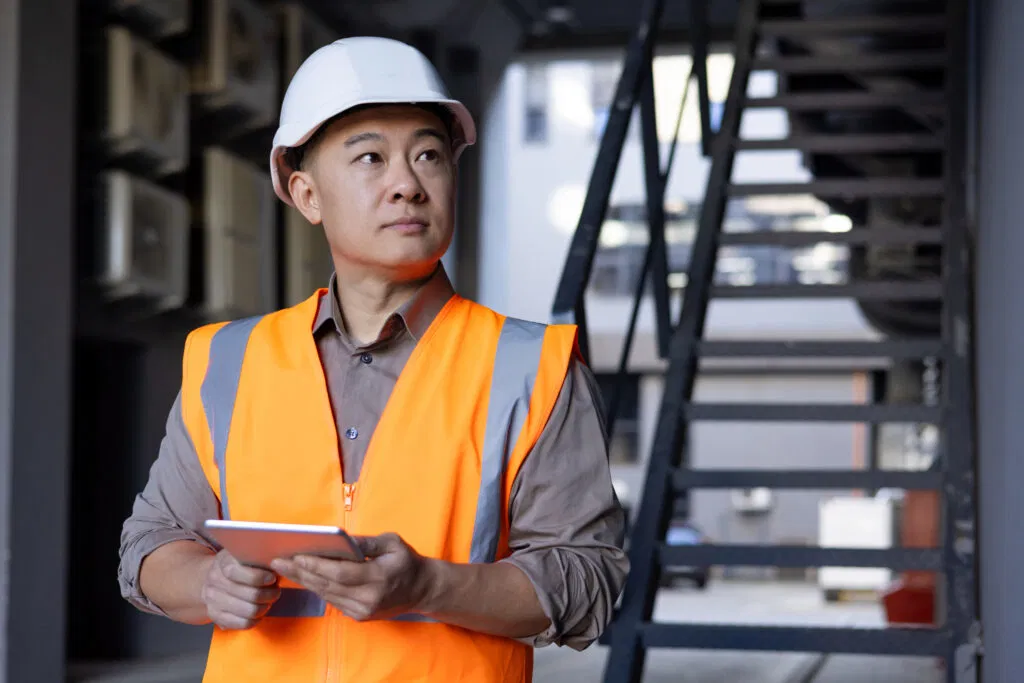At its core, the hazard analysis process (also known as process hazard analysis or PHA) is an exercise that can be used to prevent hazards within the workplace.
All working environments carry elements of risk that need to be mitigated against. That said, identifying hazards in the most high-risk settings is especially important. This includes industries such as agriculture, chemical manufacturing, construction, forestry, manufacturing, oil and gas, maritime and utilities.
By using the hazard analysis process, the hazards applicable to the industry can be identified so that steps can be put in place to prevent the likelihood that injury or illness may occur as a result of workplace activity.
While no substitute for an independent health and safety assessment, here is an overview of the hazard analysis process to encourage better safety outcomes for your team.

Preparation
Before the hazards can be identified, there first needs to be a consideration of why the hazard analysis process is required, along with who will be responsible for implementing and monitoring any measures. Ideally, the hazard analysis process will involve the entire team, so that everyone will know what’s expected of them to keep personnel safe in the workplace. Plus everyone must be aware of how to report any deviations that pose safety concerns.
Hazard Identification
Every industry and workplace will have specific hazards which need to be clearly identified. Various methods need to be applied to ensure all hazards are brought into the consultation process. This may include employing external specialists, consulting technical safety sheets, reviewing previous incidents and any other required expertise which can provide invaluable insights.
Crucially, hazards can take various forms including biological, chemical, electrical, ergonomic, physical and psychological. Therefore, the hazard identification process needs to cover all potential forms of injury or illness that could result from the environment.
Hazard Evaluation
Once all hazards have been identified, the next stage is to determine the level of risk through qualitative or quantitative risk assessment techniques. The aim is to prioritise which hazards require immediate attention along with the hazards that can be addressed at a later point.
Hazard Control
It’s not possible to fully eliminate risk. However, hazard control can look to prevent the potential for accidents or injuries to occur wherever possible depending on the hazards that have been identified. Hazard control can require an investment in training and equipment so that workers are at best protected, with working at height being one such example. Any methods employed need to be checked and verified so that levels of safety can be continually maintained.
Review
As safety guidance continues to be updated, so too does the approach towards the hazard analysis process. By regularly checking in with the relevant personnel and documentation, safety can continue to be prioritised within the workplace. That’s why it’s essential that the topic of safety is always made part of the conversation, and that all training and processes are reviewed frequently to ensure compliance.
Make Your Workplace Safer With Metreel
Metreel is a leading UK supplier of fall protection, material handling and power feed systems.
Across our vast range of products, we can deliver improvements to output, efficiency and most importantly safety within your business.
Discover our industrial solutions on our website or give us a call on 0115 932 7010 to speak to a member of our team to find out more.